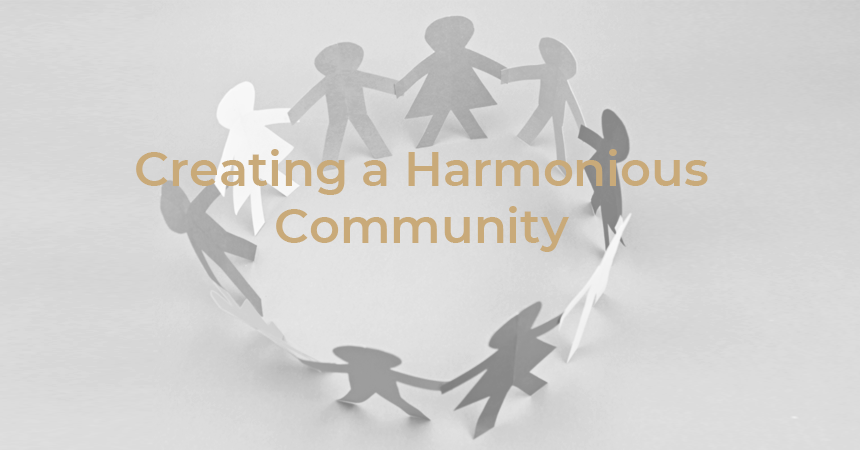By Melissa S. Doolan, Esq.
“The future depends on what we do in the present.” Mahatma Gandhi
The 2022 Community Association Institute Law (“CAI”) Conference returned to an in-person event this year. Community association attorneys’ from around the country gathered to discuss the last two years of events in the world and how we helped our clients traverse through a global pandemic. Acrimonious individuals causing discontent and division in communities was one consistent theme throughout the law conference. I suggest the following tips to help create a path towards avoiding discontent, frustrations and disagreements that lead to conflict.
Many issues are created when people feel ignored. Active listening includes giving a person your undivided attention, being non-judgmental, and listening without arguing or interrupting. By actively listening, a person will feel that their concerns are taken seriously. Questions such as “what are you trying to accomplish today or how can I help you” will assist you in finding the root cause of a person’s concerns or anger.
A community association can show it is listening by allowing members to speak to the Board to appeal a violation, ask for waiver of fees, or discuss an issue of concern. You might not agree with a member’s statements, but actively listening to their point of view with empathy will reduce discontent and frustration.
Communication from the board to the residents also helps reduce misunderstandings and frustrations about what is occurring in the community. Regular newsletters, regularly scheduled open meetings, email updates between meetings and community websites are effective tools in keeping in touch with the residents.
A recent study by CAI found that 65% of residents agree that regular social events help them in getting to know their neighbors and 8 in 10 residents say that knowing their neighbor leads to talking out disputes rather than reporting the dispute.[1] The takeaway is that holding social events promotes communication among residents, and communication among the residents reduces conflicts.
A person may lash out if they feel targeted by an association’s enforcement action. To reduce conflict in the enforcement process, an association should have a written enforcement policy, and consistently and uniformly follow the enforcement policy. A consistent message that each violation is treated in the same manner will help eliminate the argument that the board is targeting any one person. A board should seek legal advice about the best course of action in enforcement issues, as needed, and follow that advice. A board should be prepared to change direction, if needed, to avoid conflict and inconsistencies.
The most important tip is to always set a good example by conducting yourself with professionalism, courtesy and showing respect.
If you have tried all these tips and there is a person who being disruptive during meetings, such making insulting statements or yelling, then the Association should document the behavior and involve its legal counsel for a cease and desist letter. In many cases, a letter to the person regarding their behavior will remind them that being disruptive, insulating and yelling is not only inappropriate but does not further their concerns. If a person is issuing threats or engaging in threatening behavior, then you should call the police.
Remember to actively listen to the residents, show empathy, act fairly and uniformly, and stay in communication with the residents to create a harmonious community.
[1] Foundations for Community Association Research Creating Harmony in Diverse Communities Published April 2021.
The information provided herein is for reference purposes only, is general in nature, and is not intended as legal advice. For specific questions or legal issues regarding your association, please contact us at 480-219-3633.

